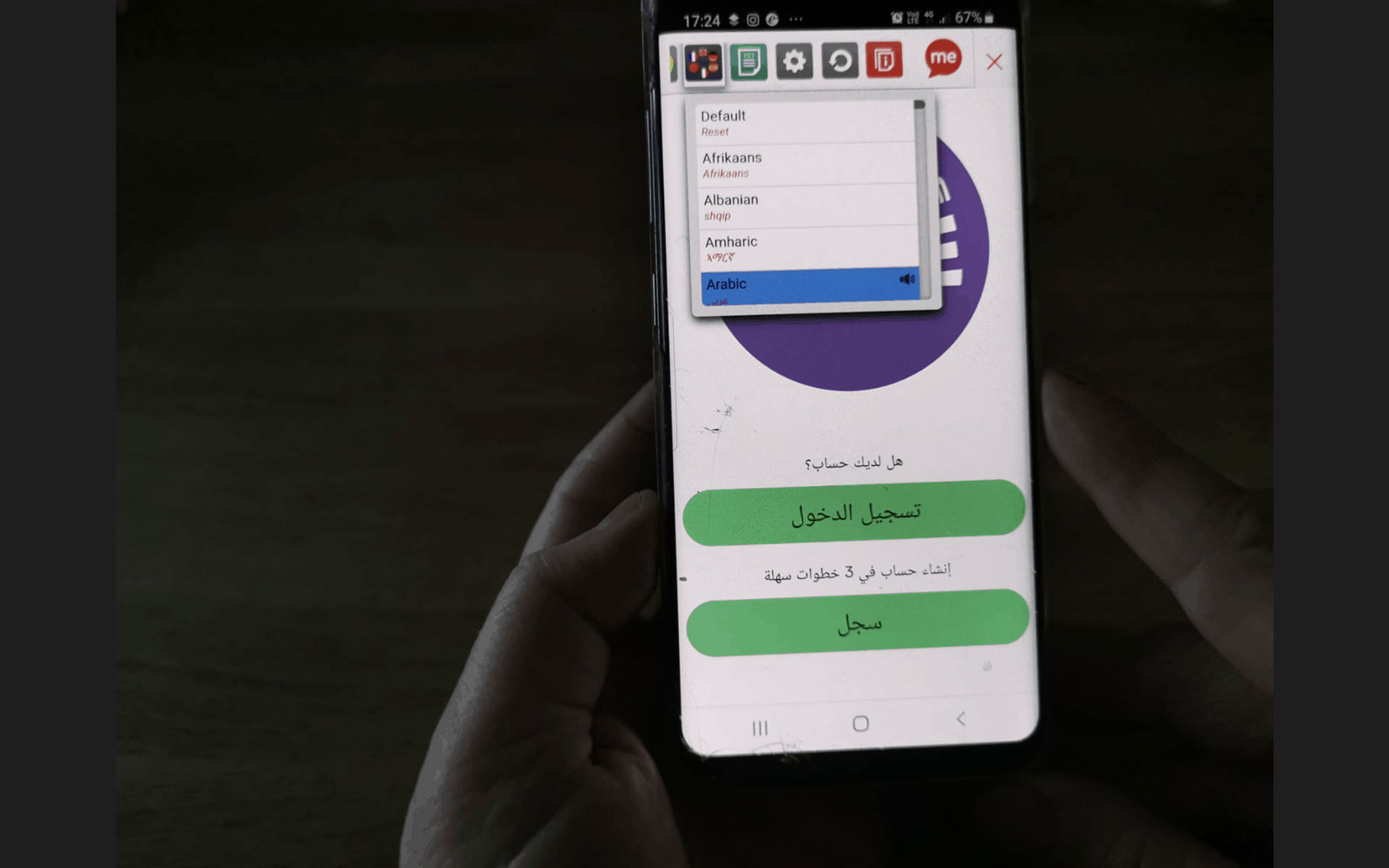If a child is seeking refuge or has refugee status, governments must provide them with appropriate protection and assistance to help them enjoy all the rights in the Convention.
UNCRC Article 22.
Accessibility for all
The National Transfer Scheme will shortly be made mandatory for Local Authorities, this is to ensure that unaccompanied asylum seekers receive the critical care they need. In the year ending Sept 2021, the UK received 3,103 applications for asylum from unaccompanied children.
Unaccompanied children in the UK come from Sudan, Iran, Eritrea, Afghanistan, Vietnam, Iraq, Albania, Ethiopia and Syria. In many cases, refugees may not have English-speaking friends or relatives who can offer support. Using a friend or relative as an interpreter may also prevent children from disclosing sensitive issues, making it difficult to provide safe and effective support.
We partnered with ReciteMe which translates our One and Express apps (and SHOUT) into over 100 languages in an instant, 60 of them with a text to speech option, which allows the text to be read aloud to the child in their chosen language.This ensures our services are as accessible as possible to non-English-speakers.
Saving services’ money
Using the toolbar with our digital participation tools can help reduce the cost of language interpreters and build a direct rapport with children. One App and Express can be kept in the child’s chosen language which makes them always available when needed. The child’s statement is then automatically translated into English for the worker.
In addition, the ReciteMe toolbar enables young people to fully customise the dashboards according to their needs, so they can increase/decrease the text size, change the font and background colour to accommodate any reading sensibility; there are also a reading ruler and a dictionary.
The variety of our features and topics provides workers with a complete understanding of the young refugees they work with, to find ways to best support them in their new life in the UK.
Benefits beyond money
My Life is often used in initial children’s service meetings or when a child is new to a school, to capture what that young person’s life looks like in their eyes, what they like or dislike and who is important to them. ‘This Is Me’ has great features to gather how young people are coping with their lives, how they see themselves and how you can support their identity and understand their lived experience. The other choices cover a wide range of situations in the life of children who are unaccompanied asylum seekers, in which they can have their voices heard and participate in decisions made about them.




